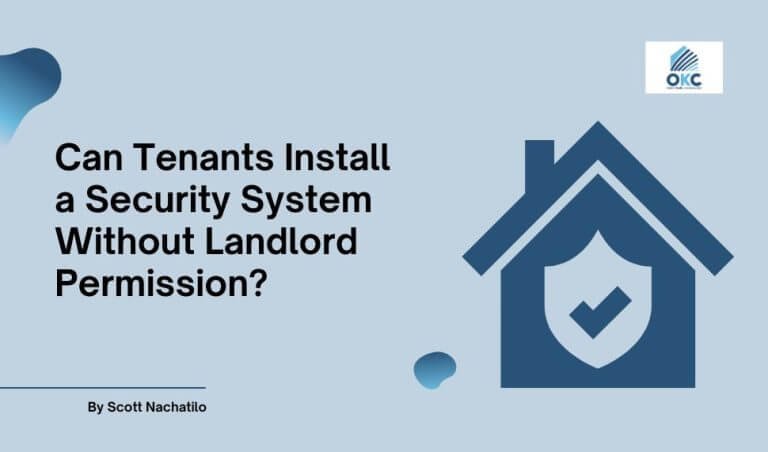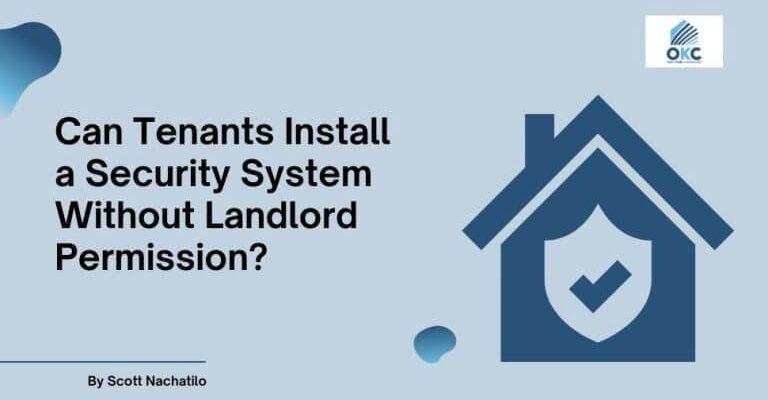
Brinks is a well-known name in home security, famous for its user-friendly systems and 24/7 monitoring. But these devices aren’t quite like universal remotes you can just grab and reprogram. Registering or syncing your account with a pre-installed Brinks system can feel confusing—especially when you’re not the one who first paired, coded, or set up the whole thing. Let’s break down what you can and can’t do, how the registration process works for tenants, and what to expect if you want more control over your home’s security system.
How Brinks Security System Registration Works
Let’s start with the basics. Brinks security systems—like many smart home devices—work on a registration system. The *person who first sets up the system* usually creates the main user account. This doesn’t just control who gets the monthly bill; it also decides who can *arm, disarm, receive alerts,* and adjust key settings. Think of it as the “master key” to the whole digital lockbox.
If your landlord bought and installed the Brinks system, **they’re usually the primary account holder**. That means they have the right to register, pair new devices, code in extra features, sync with Brinks’ monitoring service, and reset the system when needed. For you as a tenant, this can feel a bit like walking into a high-tech castle where you only get a guest pass. You might be able to *use* the keypad, but changing settings, updating contacts, or registering your own app might be off-limits unless the landlord helps.
Here’s the thing: Registration is about more than just convenience. It affects whose phone gets emergency calls, who can troubleshoot battery issues or remote malfunctions, and even who can schedule a reset. That’s why it’s a bigger deal than just swapping out batteries or syncing a TV remote.
What Tenants Can and Can’t Do With a Landlord’s Brinks System
Honestly, this is where most tenants feel lost. After all, you live there—you want security notifications, not your landlord getting pinged while you’re home. But Brinks, like most security providers, is strict about who owns the “main” account. Without this, pairing your own app or resetting key codes often requires permission.
Here are your typical options:
- Use the system as-is: Most landlords will let tenants arm or disarm the system with a provided code. This is enough for basic security but not for app-based alerts or custom settings.
- Request an account transfer: Some landlords are happy to register the system in your name for the lease period, then switch it back when you move out. But this isn’t universal—many prefer to keep everything under their control for insurance or liability reasons.
- Add as an authorized user: Brinks supports multiple users in many cases, but only the main account holder can invite others. You’ll need your landlord to add your email or phone to the account to get full app access.
You might be wondering: What’s the harm in just asking for a reset or trying to register as a new user? The answer—Brinks often requires proof of ownership before handing over full access. That’s why you’ll almost always need your landlord’s cooperation.
Steps Tenants Can Take to Gain Access or Register
Okay, let’s say you want to manage security notifications or use the Brinks app for yourself. What should you do? Here’s a practical, step-by-step approach:
- Talk to your landlord first. Politely explain why you’d like access—maybe for peace of mind, or because you’re home more often. Sometimes, a clear conversation is all it takes to get added as an authorized user.
- Ask about a temporary account transfer. If you’re on a long lease, your landlord might be willing to move the registration to you for the duration of your stay. This allows you to sync your phone, reset codes, and troubleshoot directly.
- Request app and code setup together. Meeting in person lets you both log in, pair devices, and code in your details without confusion. This also helps if any batteries or remotes need troubleshooting—two heads are better than one for tech stuff.
- If you hit a wall, contact Brinks support. Sometimes, support can clarify what’s possible or walk you through the code or pairing process—if your landlord is willing to cooperate.
There’s one important thing to note: Never try to “reset” or “force pair” the system without your landlord’s permission. This can trigger alarms, void warranties, or even lead to fines in some lease agreements. Always keep things friendly and transparent.
Why Security System Registration Matters for Tenants
It’s not just about convenience. The name on the security account impacts safety, privacy, and even your sense of home. Here’s why tenants often want control over a Brinks system:
- Personal privacy: Some tenants feel uneasy knowing their landlord gets every alert or code update. Registering as a user means you can control who sees the history and notifications.
- Faster troubleshooting: If the system’s battery dies, a remote won’t pair, or codes need to be reset, direct access means you can fix things without waiting for the landlord to respond.
- Emergency contact accuracy: In a real break-in, you want the police to call you first—not your out-of-state landlord who can’t help immediately.
Let me give an example: Jamie moved into an apartment with a Brinks system but never bothered to ask for access. One night, a false alarm triggered, but all the calls went to the landlord—who was vacationing in another country. It took hours to resolve, all because Jamie wasn’t registered.
Landlord Concerns and Legal Considerations
Here’s where things get tricky. Landlords have their own set of responsibilities and risks. They might want to keep registration in their name for a few reasons:
- Insurance requirements: Some insurance policies require the property owner—not the tenant—to control security system registration and codes. This protects both parties if there’s ever an incident.
- Liability control: If a tenant misuses the system or fails to pay for monitoring, the landlord could face penalties from Brinks or the monitoring service.
- Easy resets between tenants: It’s much simpler for a landlord to reset, code, and pair devices if they always own the main account.
If your landlord says no, it’s likely about policy—not a lack of trust. Some tenants work out a written agreement outlining who’s responsible for what. This can help avoid misunderstandings or accidental lockouts.
Alternatives for Tenants Who Can’t Register Landlord’s Brinks System
Not every situation works out perfectly—and that’s okay. If you can’t register your landlord’s Brinks system, there are still options for keeping your home safe (and your mind at ease):
- Request guest access: Some smart systems offer limited access for guests or roommates. You won’t get full admin controls, but you’ll at least be able to use the app and receive alerts.
- Supplement with personal security: Many tenants add wireless security cameras, battery-operated alarms, or even smart locks that don’t interfere with the Brinks system. These can be set up and paired independently, so you’re not locked out when you move.
- Coordinate on code or key changes: If privacy is your main concern, ask to change the keypad code together, then reset it when you leave. That way, only you and trusted contacts have access.
A quick story: Sam, a tenant, couldn’t register as the main user but added a battery-powered door camera for extra peace of mind. It didn’t interfere with Brinks and gave Sam the notifications he wanted—no landlord approval needed.
Troubleshooting Common Issues With Pre-Registered Brinks Systems
You might run into a few tech hiccups with a system that’s already set up by someone else. Here’s how to troubleshoot the most common headaches:
- Pairing problems: If you can’t sync your device or app, it’s usually because you’re not the primary account holder. Double-check with your landlord first, then try pairing again with their help.
- Code reset confusion: Accidentally locked out or forgot the code? Only the main user (usually the landlord) can reset it. Plan ahead for vacations or periods when you’ll need independent access.
- Low batteries or remote errors: Many Brinks systems send alerts for battery changes, but only to the registered user. If you’re not getting notifications, set a reminder to check devices monthly, or ask the landlord to forward alerts.
If you keep hitting a wall, Brinks customer support can usually clarify what’s going on—just make sure you have landlord permission to avoid violating any agreements.
The Bottom Line for Tenants and Brinks Registration
Living with a Brinks security system that was purchased and registered by your landlord isn’t always straightforward. Registration is about more than just access; it impacts your *security, privacy,* and how quickly you can troubleshoot problems. Most tenants can’t just register the system in their name without the landlord’s help, but honest communication goes a long way—especially if you’re clear about why you want more control.
If you can’t become the main user, you still have options for keeping your space secure and hassle-free. The key is working together, respecting everyone’s privacy, and understanding the limits of what you can (and can’t) do as a tenant. That way, you’ll feel safer—and maybe even make your landlord’s life a little easier along the way.
